Description
Kapok (Ceiba pentandra) -Plant
In the heart of tropical forests, amidst the lush greenery and vibrant biodiversity, stands a towering giant revered by cultures and cherished by nature enthusiasts alike – the Kapok Tree (Ceiba pentandra), scientifically known as Ceiba pentandra. Let’s delve into the fascinating world of this majestic tree and unravel its significance.
Discovering Ceiba pentandra:
Ceiba pentandra, commonly referred to as the Kapok tree or Silk Cotton tree, is a species native to the tropical regions of the Americas, Africa, and Asia. Its imposing stature, with heights reaching up to 70 meters (230 feet), makes it one of the tallest trees in the rainforest canopy.
Majestic Appearance:
The Kopak tree boasts a majestic presence with its towering trunk adorned with large buttresses for stability. Its crown spreads wide, forming a canopy that provides shade and habitat for countless species of birds, insects, and other wildlife.
Cultural Significance:
Beyond its ecological importance, the Kopak tree holds profound cultural significance in many indigenous cultures. Revered as a sacred tree, it is often associated with creation myths and spiritual beliefs. In some traditions, the tree’s cotton-like fibers are used in ceremonial rituals or as stuffing for pillows and mattresses.
Ecological Role:
The Kopak tree plays a crucial role in maintaining the health and balance of tropical ecosystems. Its large, spreading roots help prevent soil erosion. While its dense foliage provides habitat and food for a diverse array of animals. Additionally, the tree’s flowers attract pollinators such as bees and butterflies, contributing to the pollination of surrounding plants.
Economic Importance:
Beyond its cultural and ecological value, the Kopak tree also holds economic significance. People use its lightweight wood in construction and crafting. They harvest its fibers, known as kapok, for various purposes, including stuffing for life jackets, pillows, and mattresses.
Conservation Efforts:
Despite its importance, the Kopak tree faces threats from deforestation, habitat loss, and climate change. Conservation efforts are underway to protect remaining populations and raise awareness about the importance of preserving tropical forests and their rich biodiversity.
Conclusion:
As we marvel at the grandeur of the Kopak tree, let us also recognize the vital role it plays in sustaining life in the world’s tropical regions. Through conservation efforts and sustainable practices, we can ensure that the beauty and majesty of this iconic tree continue to inspire future generations.


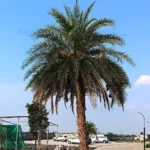

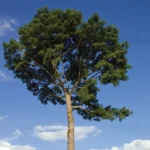

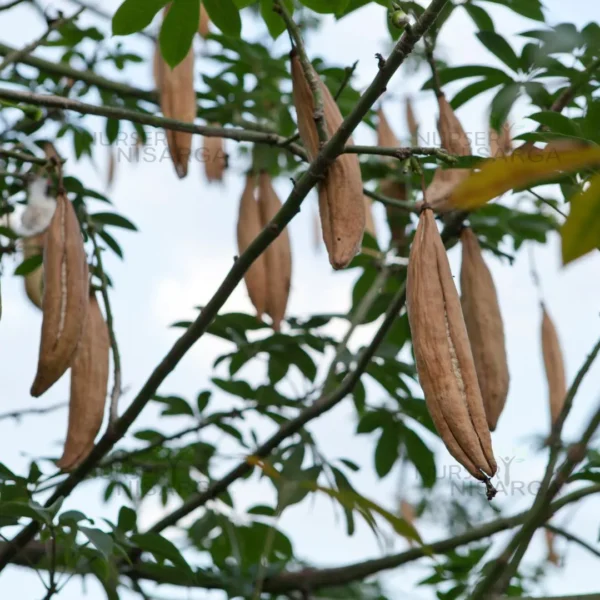
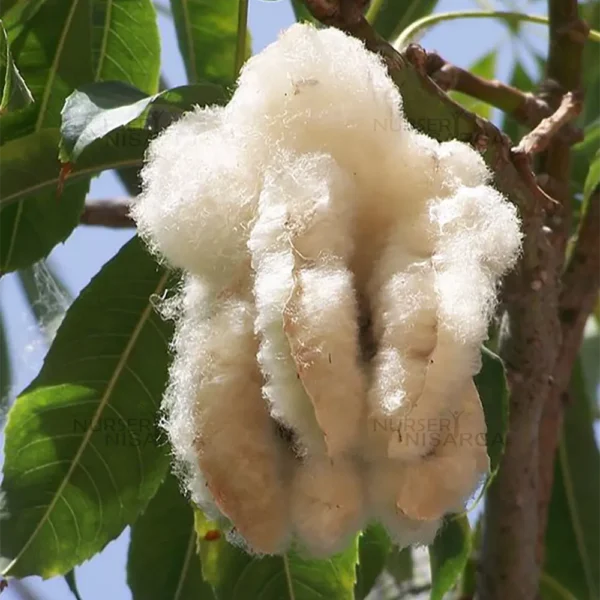
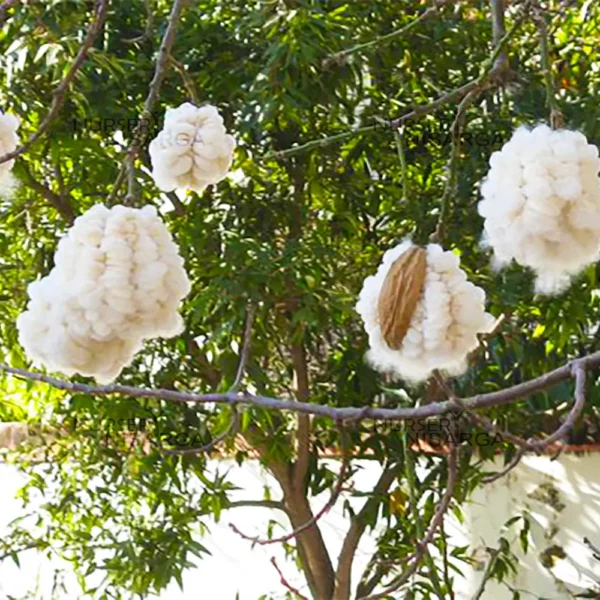

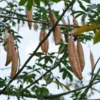
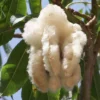
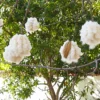


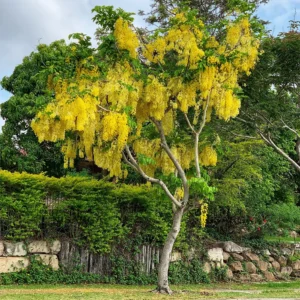
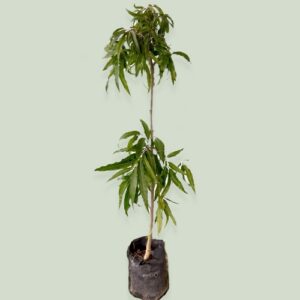

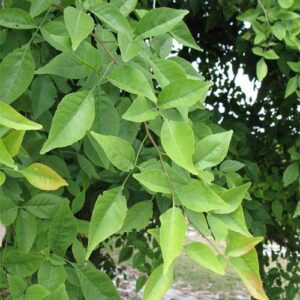
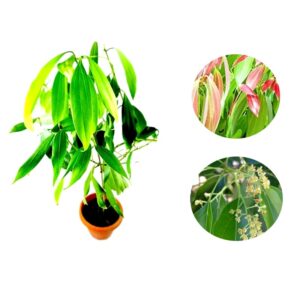
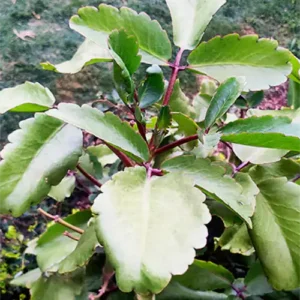
Reviews
There are no reviews yet.